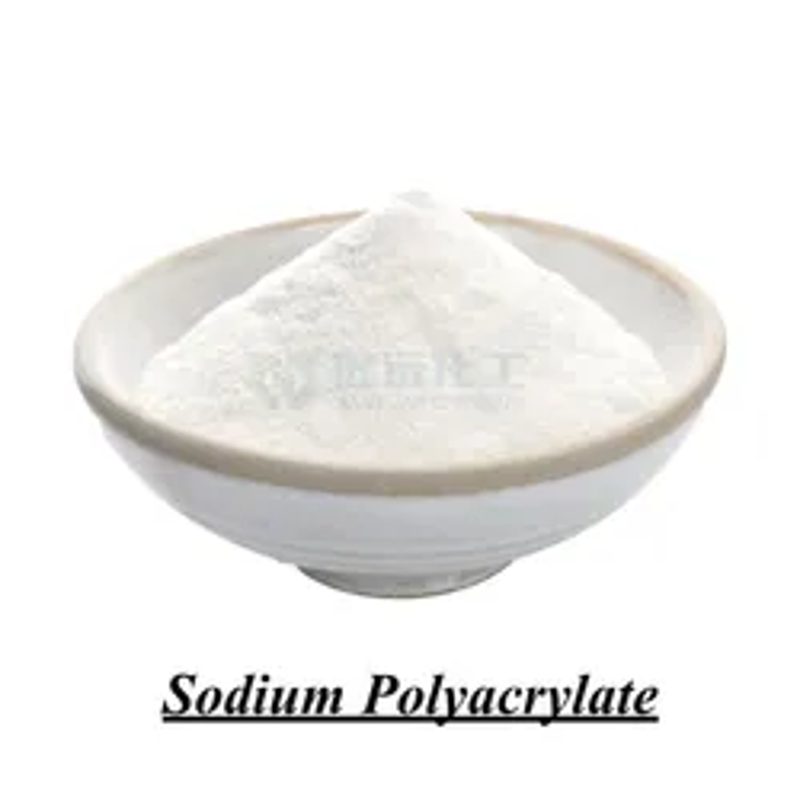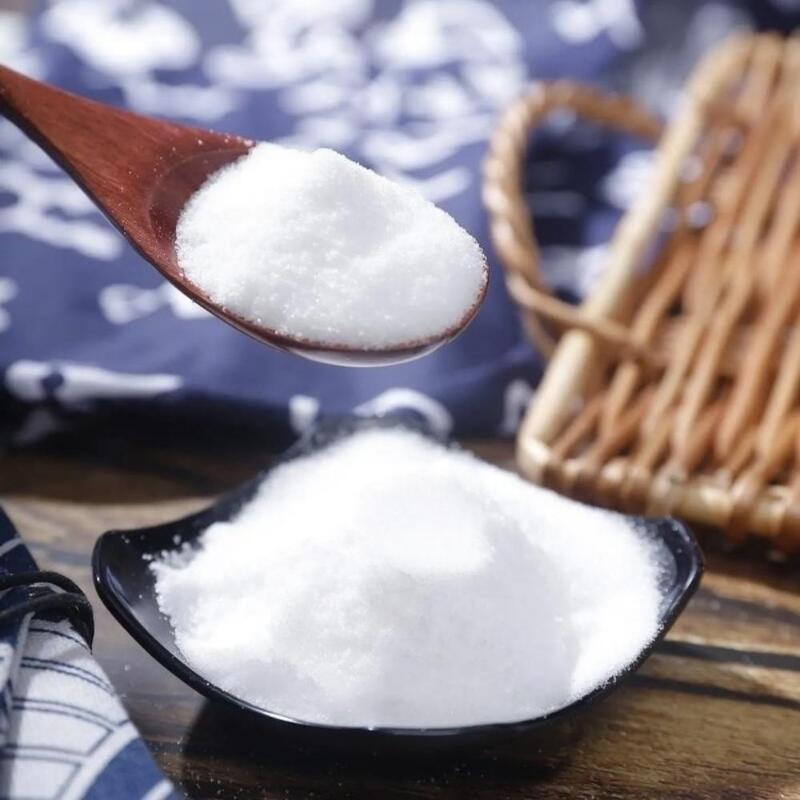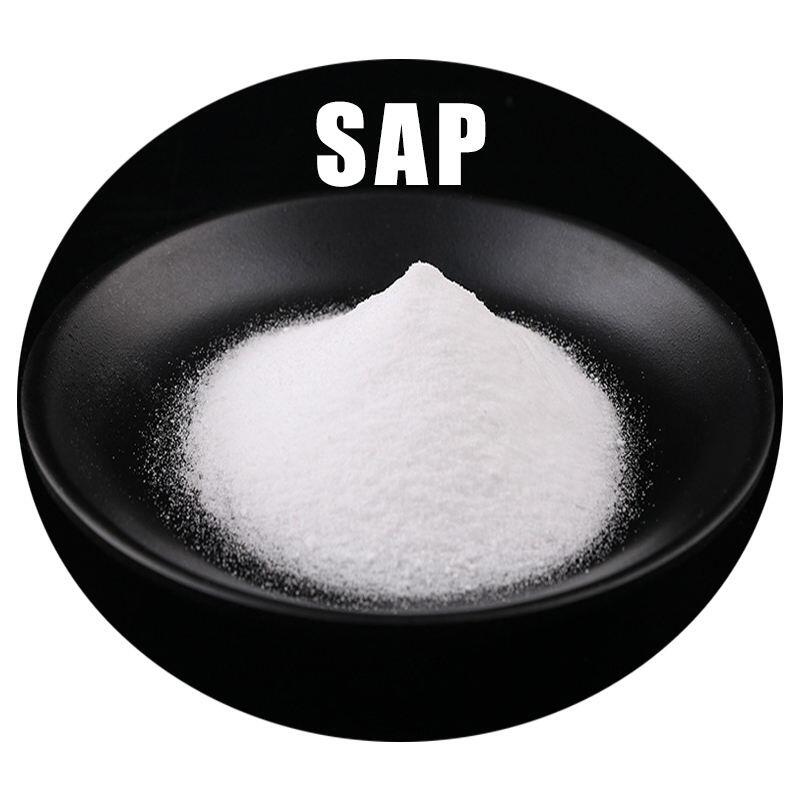-
Categories
-
Pharmaceutical Intermediates
-
Active Pharmaceutical Ingredients
-
Food Additives
- Industrial Coatings
- Agrochemicals
- Dyes and Pigments
- Surfactant
- Flavors and Fragrances
- Chemical Reagents
- Catalyst and Auxiliary
- Natural Products
- Inorganic Chemistry
-
Organic Chemistry
-
Biochemical Engineering
- Analytical Chemistry
-
Cosmetic Ingredient
- Water Treatment Chemical
-
Pharmaceutical Intermediates
Promotion
ECHEMI Mall
Wholesale
Weekly Price
Exhibition
News
-
Trade Service
Starch is a widely used renewable resource for the production of a variety of industrial materials, chemicals, and food products.
As the demand for starch continues to grow, the process of starch extraction and processing becomes more complex and sophisticated.
One of the key steps in the processing of starch is the instruction of starch, which involves the oxidation of starch to produce a variety of chemicals and products.
In the instruction of starch, oxidation is the main process that converts starch into a variety of useful chemicals.
This process involves the breakdown of starch molecules into smaller units, resulting in the formation of a range of products, including glucose, fructose, and other simple sugars, as well as a variety of other chemicals, such as sorbitol, glycerol, and other organic acids.
The process of starch oxidation typically involves the use of enzymes, which are able to break down the starch molecules and convert them into the desired chemicals.
These enzymes are typically derived from microorganisms, such as bacteria and fungi, which are able to break down the starch and produce the desired chemicals.
One of the key benefits of the instruction of starch is the ability to produce a variety of chemicals and products from a single renewable resource.
Starch is a renewable resource, as it can be produced from a variety of plant sources, including cereal grains, potatoes, and other vegetables.
This means that the production of starch and its subsequent oxidation can be carried out in an environmentally sustainable manner, with minimal impact on the environment.
In addition to the production of chemicals and products, the instruction of starch can also be used to improve the texture and structure of food products.
For example, the use of oxidized starch can improve the stability and texture of baked goods, such as bread and pasta, and can also be used as a thickening agent in sauces and other food products.
The process of starch oxidation is also used in the production of biofuels, such as ethanol and biogas.
By converting starch into simple sugars and other chemicals, it is possible to produce these biofuels in an efficient and cost-effective manner.
This makes the production of biofuels from starch a viable alternative to traditional fossil fuels, as it is a renewable and sustainable source of energy.
The use of starch in the production of chemicals and products is not limited to the food industry and chemical industry.
It is also used in the pharmaceutical industry to produce a variety of chemicals and products.
For example, oxidized starch can be used to produce paracetamol, which is a widely used pain reliever and fever reducer.
In addition to these applications, the instruction of starch is also used in the production of biodegradable plastics, which are a sustainable alternative to traditional plastics.
These biodegradable plastics can be broken down into their components, such as glucose and other simple sugars, which can then be metabolized by microorganisms and other living organisms, resulting in minimal impact on the environment.
While the production of starch and its subsequent oxidation has a variety of benefits, there are also some challenges associated with this process.
One of the main challenges is the high costs associated with the production of enzymes, which are typically used to oxidize starch.
These costs can make the production of starch and its oxidized products less competitive with traditional petrochemical-based products.
Another challenge is the risk of contamination during the production process.
The use of microorganisms to produce enzymes can lead to the presence of unwanted microorganisms in the final product, which can contaminate the product and reduce its quality.
To mitigate this risk, careful control and monitoring of the production process is necessary.
In conclusion, the instruction of starch is a complex and mult







